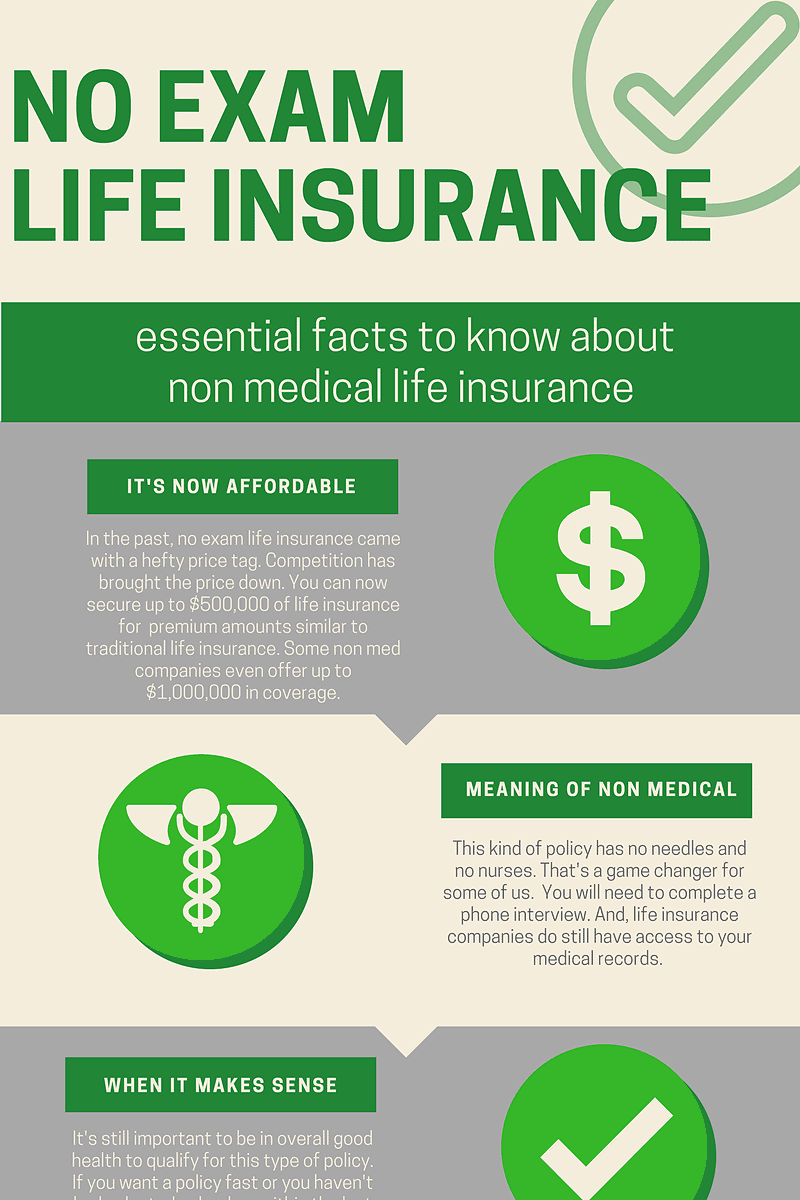Car Accident That Wasn’t Your Fault: Phone Call Guide
Hey there, folks! If you’ve had the misfortune of being involved in a car accident, don’t panic. We’ve got you covered with a step-by-step guide to help you navigate the aftermath and get back on your feet. First things first, let’s talk about that all-important phone call.
Step 1: Stay Calm and Safe
In the heat of the moment, it’s easy to get flustered. But take a deep breath, pull over to a safe location if possible, and check for injuries. If anyone is hurt, don’t hesitate to call 911 immediately. Remember, safety comes first.
Step 2: Document the Scene
Okay, let’s gather evidence. Take pictures of the accident scene, including damage to your vehicle and any other vehicles involved. If there are witnesses around, get their names and contact information. Jot down everything you can remember about the accident, including the other driver’s name, license plate number, and insurance information. Remember, thorough documentation can make all the difference when it comes to filing your claim.
Step 3: Contact Your Insurance Company
Don’t wait to call your insurance company. Report the accident promptly and provide them with all the details you’ve gathered. They’ll guide you through the claims process and help you get the compensation you deserve. Remember, your insurance company is on your side, so don’t be shy about contacting them.
Step 4: Don’t Admit Fault
Listen up, folks. This is crucial. Even if you feel shaken up or sympathetic, don’t admit fault at the accident scene or over the phone. Insurance companies will use any admission against you, so keep your statements brief and factual. Remember, the goal is to get fair compensation, and admitting fault could jeopardize that.
Step 5: Seek Legal Advice if Needed
If you’re dealing with major injuries or complex legal issues, don’t hesitate to seek legal advice. An attorney can help you navigate the legal complexities, protect your rights, and ensure you get the compensation you deserve. Remember, legal guidance can provide peace of mind and help you get back on track after the accident.
Car Accident Carnage That Wasn’t Your Fault: Handle It Like a Pro!
Whoa, Nelly! You just got into a fender bender that wasn’t your fault – yikes! Don’t let the shockwaves of the situation rattle you into making mistakes.
To avoid any headaches down the road, there’s a crucial call you need to make – the car accident that wasn’t your fault phone call. It’s like the secret sauce to ensuring you get the compensation you deserve without any unnecessary hassles.
Step 1: Stay Calm, Collect Your Wits
Take a deep breath, my friend. It’s understandable to feel shaken after a car accident, but try to compose yourself. Safety first – pull over if possible, and make sure you and your passengers are okay.
Step 2: Gather Information
This is where you become a detective. Gather information from the other driver, including their name, contact info, insurance policy details, and the make and model of their vehicle.
Step 3: Document the Scene
Here comes the paparazzi mode! Take clear pictures of the accident scene from different angles. Capture the damage to both vehicles, the road conditions, any skid marks, and any visible injuries.
Step 4: Report the Accident
Don’t delay – report the accident to the police as soon as possible. A police report provides unbiased documentation of the incident, including statements from any witnesses.
Step 5: Contact Your Insurance
Give your insurance company a ring and inform them about the accident. They’ll guide you through the claims process and help you get the ball rolling on repairs or replacements.
Step 6: Seek Legal Advice
If the accident resulted in significant injuries or damages, consider consulting a lawyer. They can protect your rights and ensure you receive fair compensation.
Step 7: Don’t Sign Anything
Until your lawyer has given you the green light, don’t sign any documents or make any statements to the other driver’s insurance company. You don’t want to accidentally waive your rights.
Step 8: Follow Up
Don’t leave it all to chance. Follow up with your insurance company and lawyer regularly to check on the progress of your claim. Stay in the loop and don’t be afraid to ask questions.
The Aftermath of a Car Accident That Wasn’t Your Fault
You’ve just been involved in a car accident that wasn’t your fault. You’re shaken, but thankfully, you’re okay. Now what? Here are the steps you need to take to protect yourself and your rights.
First, take a deep breath and try to stay calm. It’s natural to feel overwhelmed after an accident, but it’s important to keep your wits about you. Once you’ve collected yourself, here are the steps you need to take:
Step 1: Call the Police
Even if the accident seems minor, it’s important to call the police. A police report will provide an official record of what happened and who was involved. This will be helpful if you need to file a claim with your insurance company or if you decide to pursue legal action.
Step 2: Exchange Information
Once the police have arrived, exchange information with the other driver(s) involved in the accident. This includes your name, address, phone number, insurance company, and policy number. You should also take photos of the damage to both vehicles.
Step 3: File a Police Report
Report the accident to the police, even if it seems minor, to have an official record. The police report will include information about the accident, such as the date, time, location, and the names of the drivers involved. It will also include a diagram of the accident scene and any statements from witnesses.
Step 4: Seek Medical Attention
Even if you don’t feel injured, it’s important to see a doctor after a car accident. Some injuries, such as whiplash, may not be immediately apparent. Seeing a doctor will help you rule out any potential injuries and get the treatment you need.
Step 5: Contact Your Insurance Company
As soon as possible after the accident, contact your insurance company to report the accident. Your insurance company will be able to help you file a claim and get your car repaired or replaced.
Step 6: Get a Copy of the Police Report
Once the police report is complete, you can request a copy from the police department. You will need this for your insurance claim and if you decide to pursue legal action.
Step 7: Consider Hiring an Attorney
If you have been seriously injured or if the other driver is disputing fault, you may want to consider hiring an attorney. An attorney can help you protect your rights and get you the compensation you deserve.
The Aftermath of an At-Fault Car Accident: Protecting Your Rights and Seeking Compensation
Navigating the aftermath of a car accident that wasn’t your fault can be a daunting and confusing experience. In the midst of the chaos, it’s crucial to take the necessary steps to protect your rights and seek fair compensation. One key step in this process is preserving evidence by calling the authorities promptly. Below is a comprehensive guide to help you handle the situation, ensuring you get the justice and compensation you deserve.
Step 1: Stay Calm and Safe
In the immediate aftermath of an accident, it’s normal to feel shaken and disoriented. However, it’s essential to stay calm and composed. Move your vehicle to a safe location if possible, but don’t leave the scene. Notify the authorities immediately and provide a clear and concise account of what happened.
Step 2: Exchange Information
Once you’ve called the police, exchange information with the other driver(s) involved. This includes your names, addresses, phone numbers, insurance information, and license plate numbers. Take pictures of the accident scene if you can, ensuring you capture any visible damage and injuries.
Step 3: Gather Witness Statements
If there were any witnesses to the accident, be sure to get their names and contact information. Their statements can provide valuable evidence later on. Jot down a brief description of their accounts and note any details they mentioned.
Step 4: Report the Accident to Your Insurance Company
Contact your insurance company as soon as possible to report the accident. Provide them with all the information you’ve gathered, including the police report and any witness statements. Your insurance company will guide you through the claims process and help you navigate the legal side of things.
Step 5: Seek Medical Attention
Even if you don’t feel injured, it’s crucial to get checked by a medical professional. Hidden injuries can emerge in the days or weeks following an accident. A thorough checkup will ensure you receive proper treatment and document any injuries for insurance purposes.
Step 6: Hire an Attorney
If you’ve suffered serious injuries or the other driver is disputing fault, it’s wise to consider hiring an attorney. An experienced lawyer can protect your rights, negotiate with insurance companies on your behalf, and fight for fair compensation. They will navigate the complexities of the legal system and ensure you get the justice you deserve. An attorney can also help you recover damages for your pain and suffering, lost wages, and medical expenses. When choosing an attorney, look for someone who has a proven track record of success in car accident cases and who is willing to fight for your rights. You should also consider their communication style and responsiveness. A good attorney will keep you informed about your case and will be available to answer your questions and concerns.
You’re sitting in your car, heart pounding, after being involved in a car accident that wasn’t your fault. You’re feeling shaken, confused, and maybe even a little bit scared. What should you do next? Here are a few steps to follow to help you get through this difficult time.
Step 1: Stay Calm
It’s natural to feel shaken up after a car accident, but it’s important to stay calm. This will help you think clearly and make good decisions. Take a few deep breaths and focus on the task at hand.
Step 2: Check for Injuries
First, check yourself for injuries. If you’re injured, call 911 immediately. If you’re not injured, check on your passengers and the other driver involved in the accident.
Step 3: Call the Police
Even if the accident is minor, it’s important to call the police. They will create a police report that will document the accident and provide you with a copy for your insurance company.
Step 4: Exchange Information
Once you’ve called the police, exchange information with the other driver involved in the accident. This includes your name, address, phone number, insurance information, and license plate number.
Step 5: Take Photos
If possible, take photos of the accident scene. This will help you document the damage to your car and the other driver’s car. You can also take photos of any injuries you or your passengers sustained.
Step 6: Call Your Insurance Company
Once you’ve taken care of the immediate aftermath of the accident, call your insurance company to report the accident. They will start the process of filing a claim and getting you the compensation you deserve.
Step 7: Be Patient and Persistent
Insurance companies may take time to process your claim. It’s important to be patient and persistent during this time. Follow up with your insurance company regularly and don’t give up on getting the compensation you deserve. Be prepared to provide documentation to support your claim, such as the police report, photos of the accident scene, and medical records.
Step 8: Get Medical Attention
Even if you don’t feel injured immediately after the accident, it’s important to see a doctor to get checked out. Some injuries, such as whiplash, may not show up immediately. It’s better to be safe than sorry.
Step 9: Hire an Attorney
If you’re having trouble getting the compensation you deserve from the insurance company, you may want to consider hiring an attorney. An attorney can help you navigate the legal process and get you the compensation you deserve.




Leave a Reply